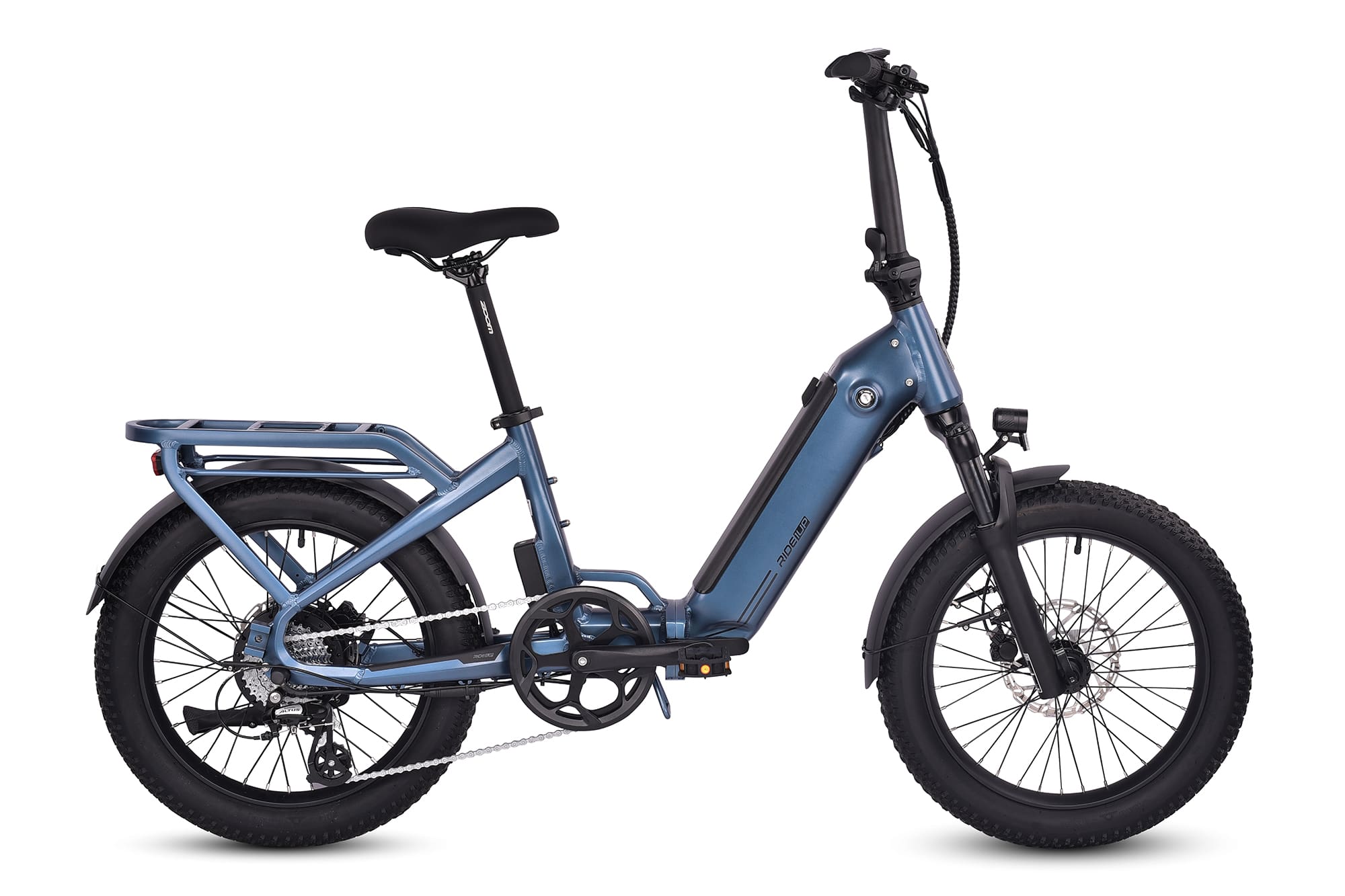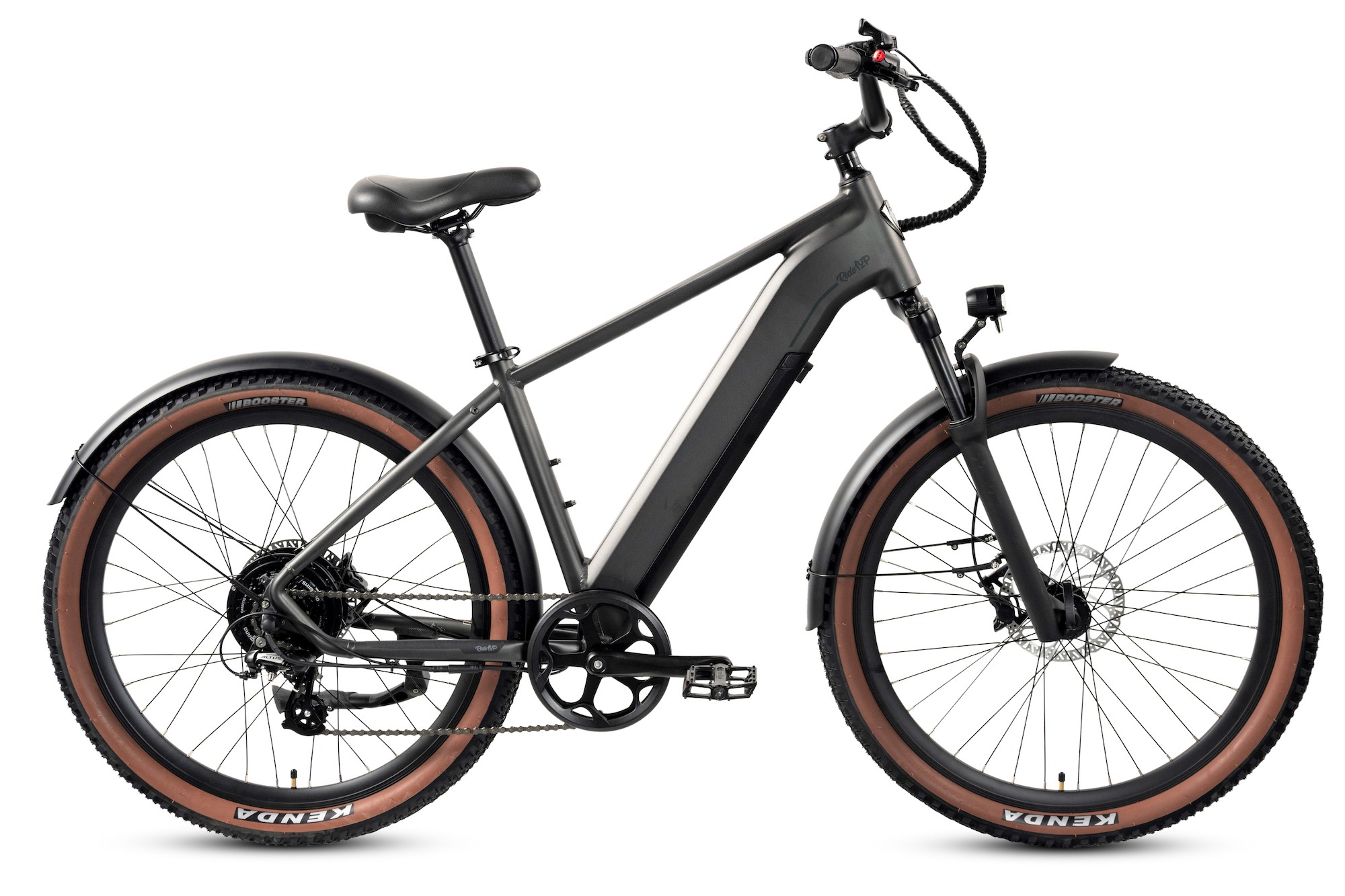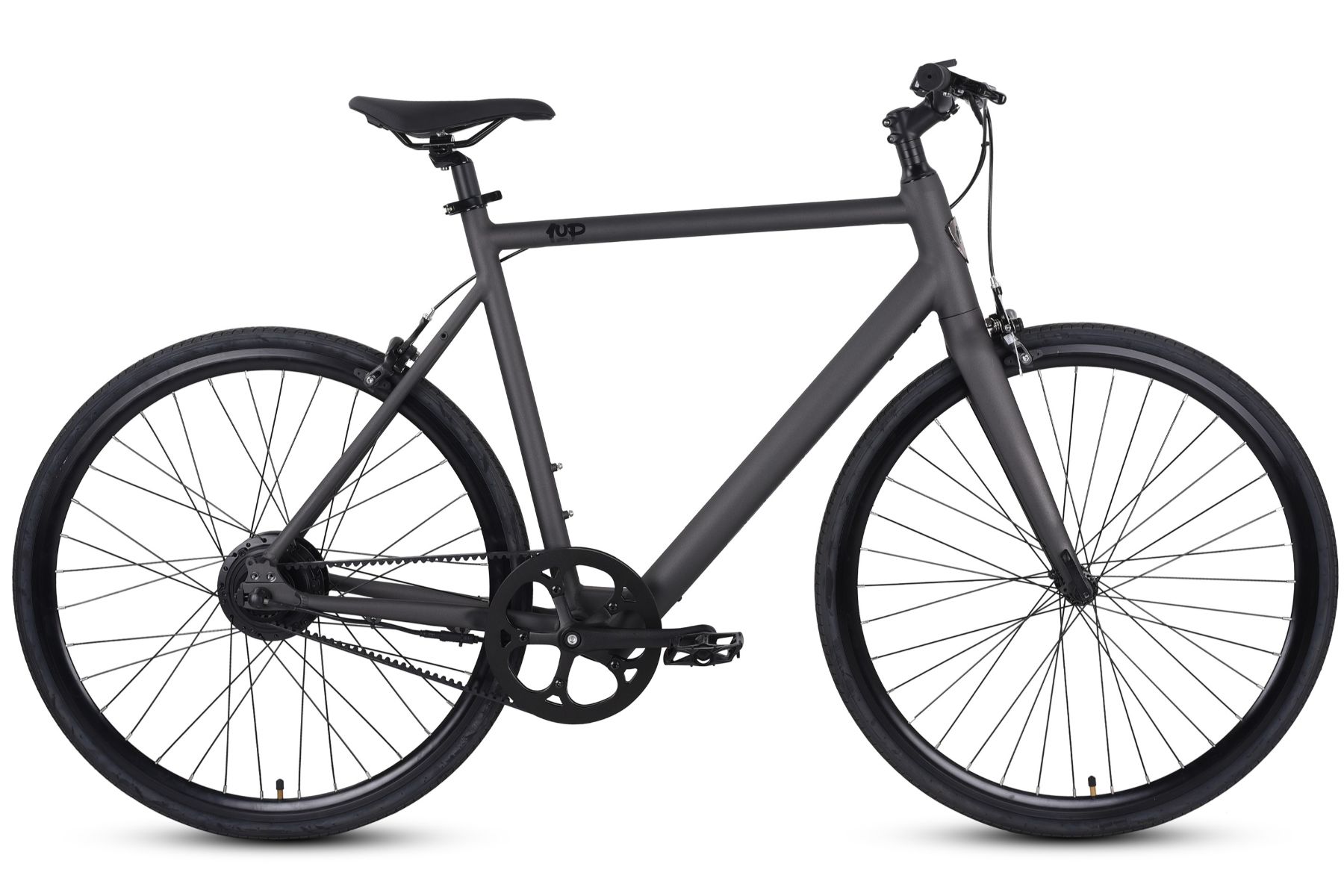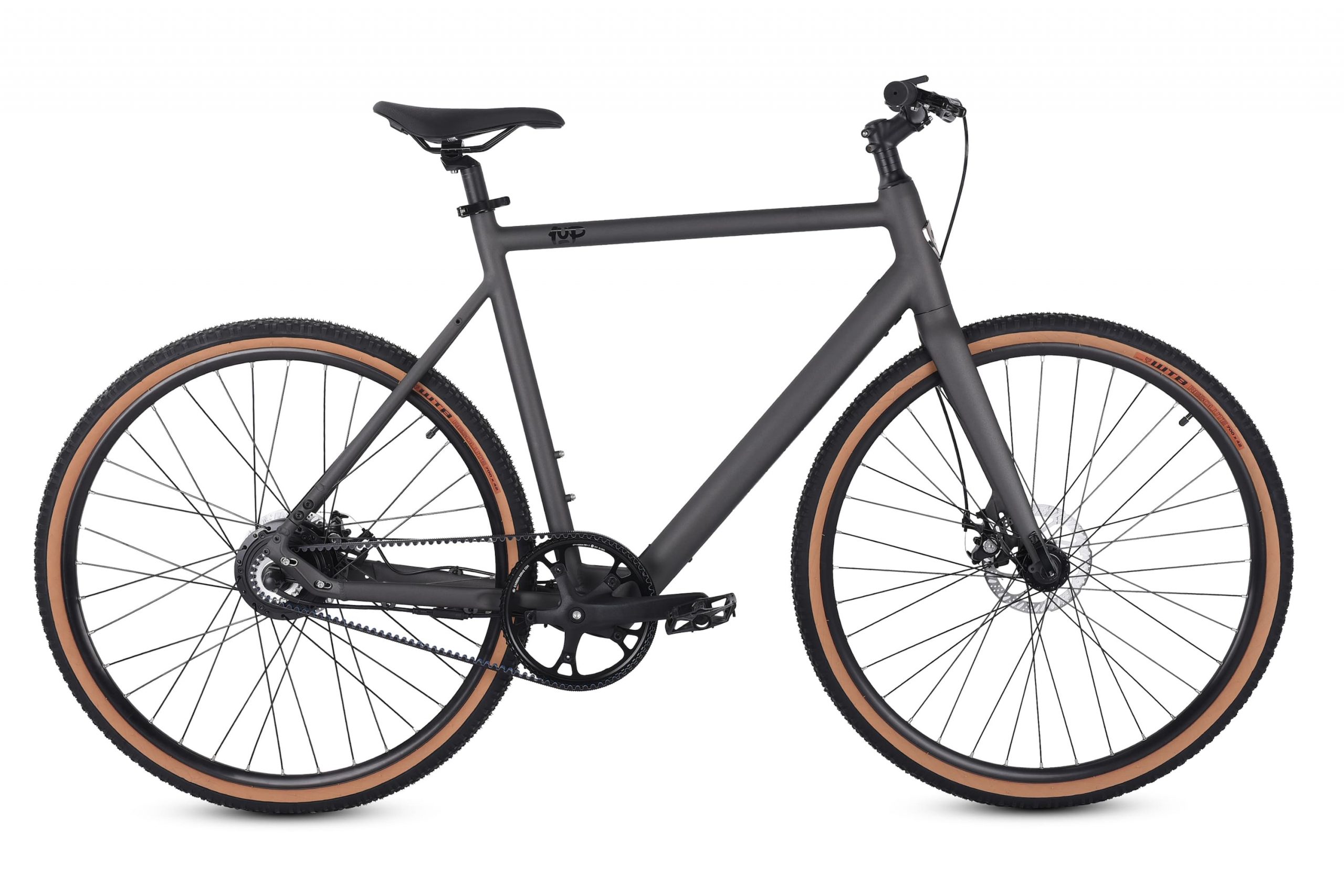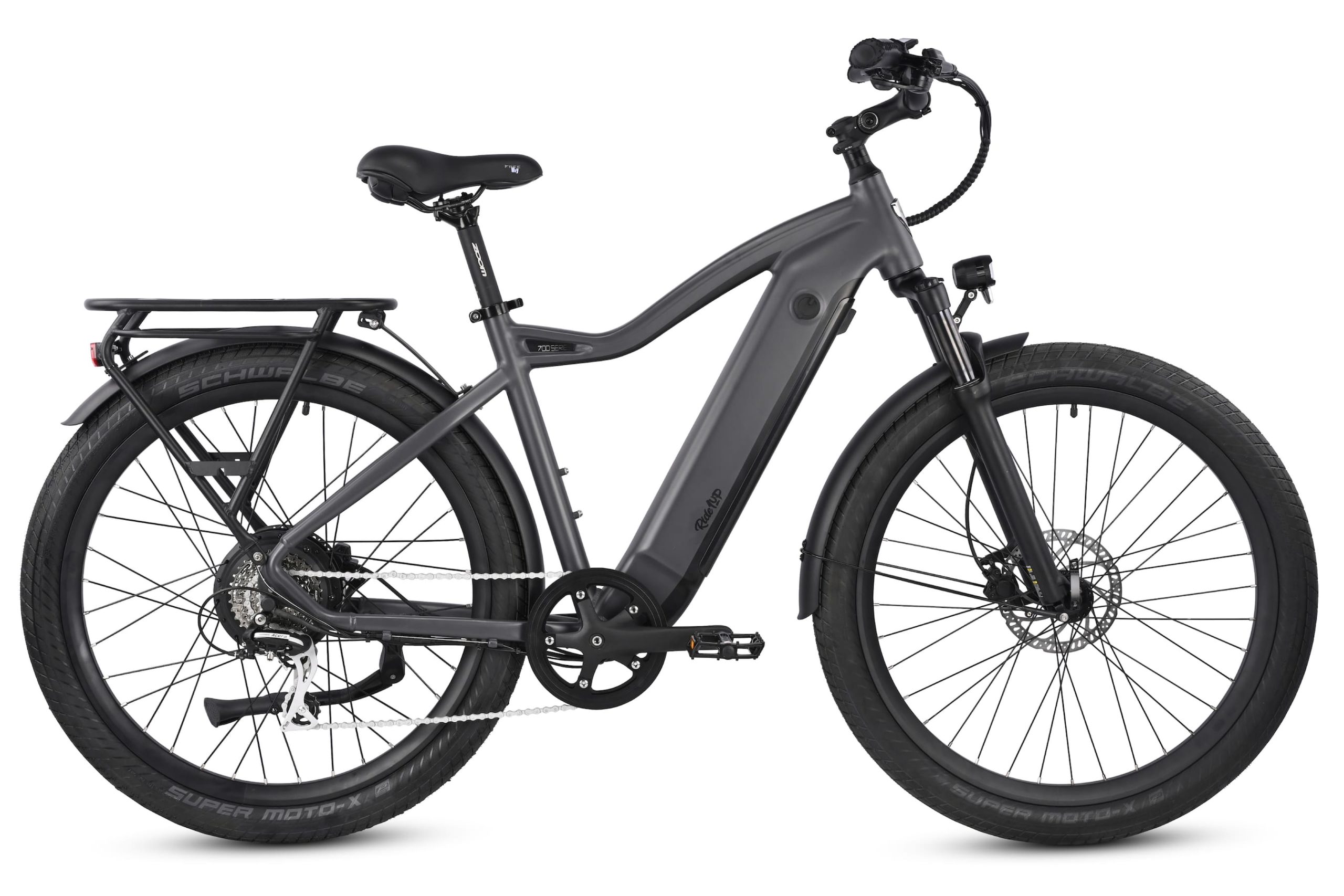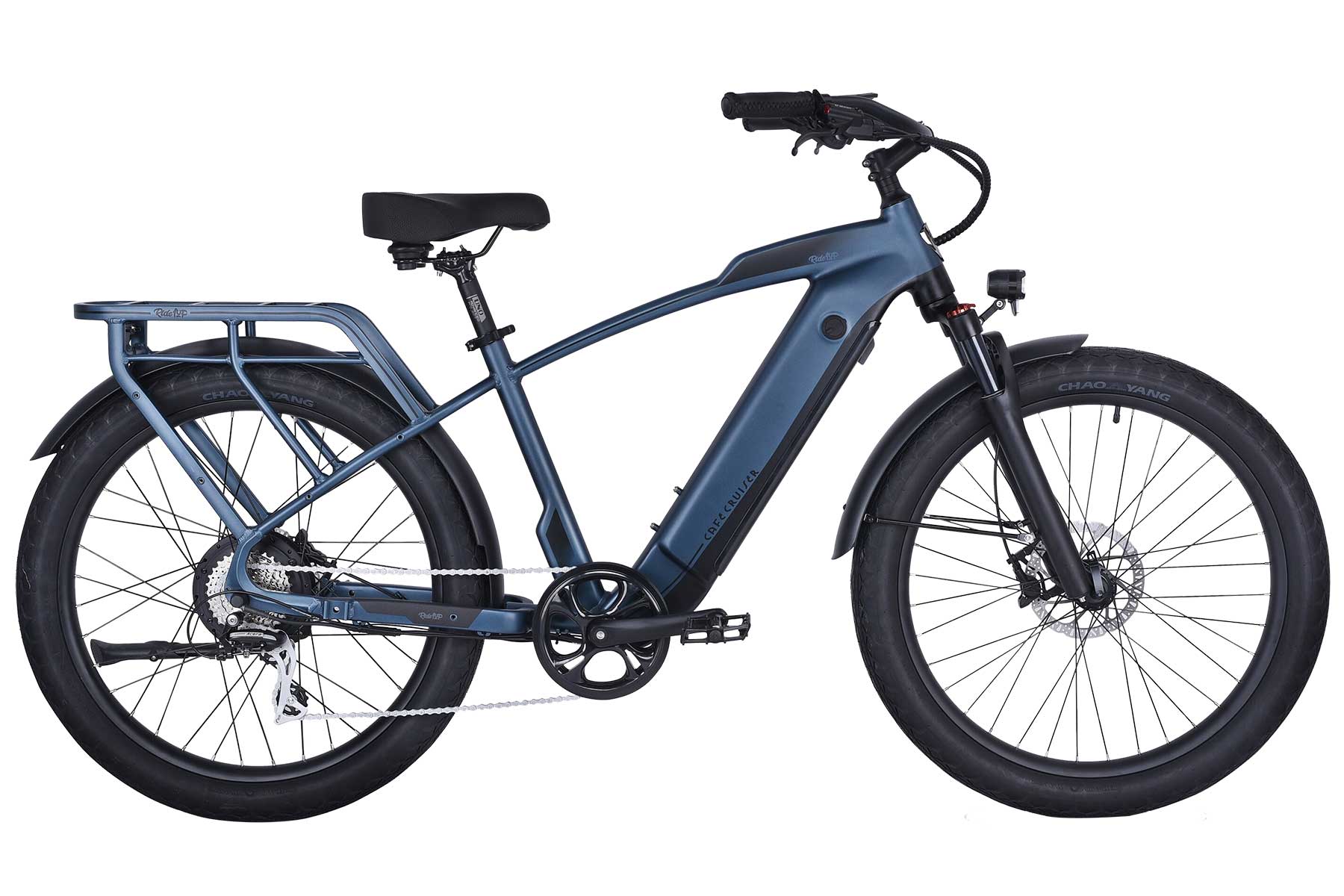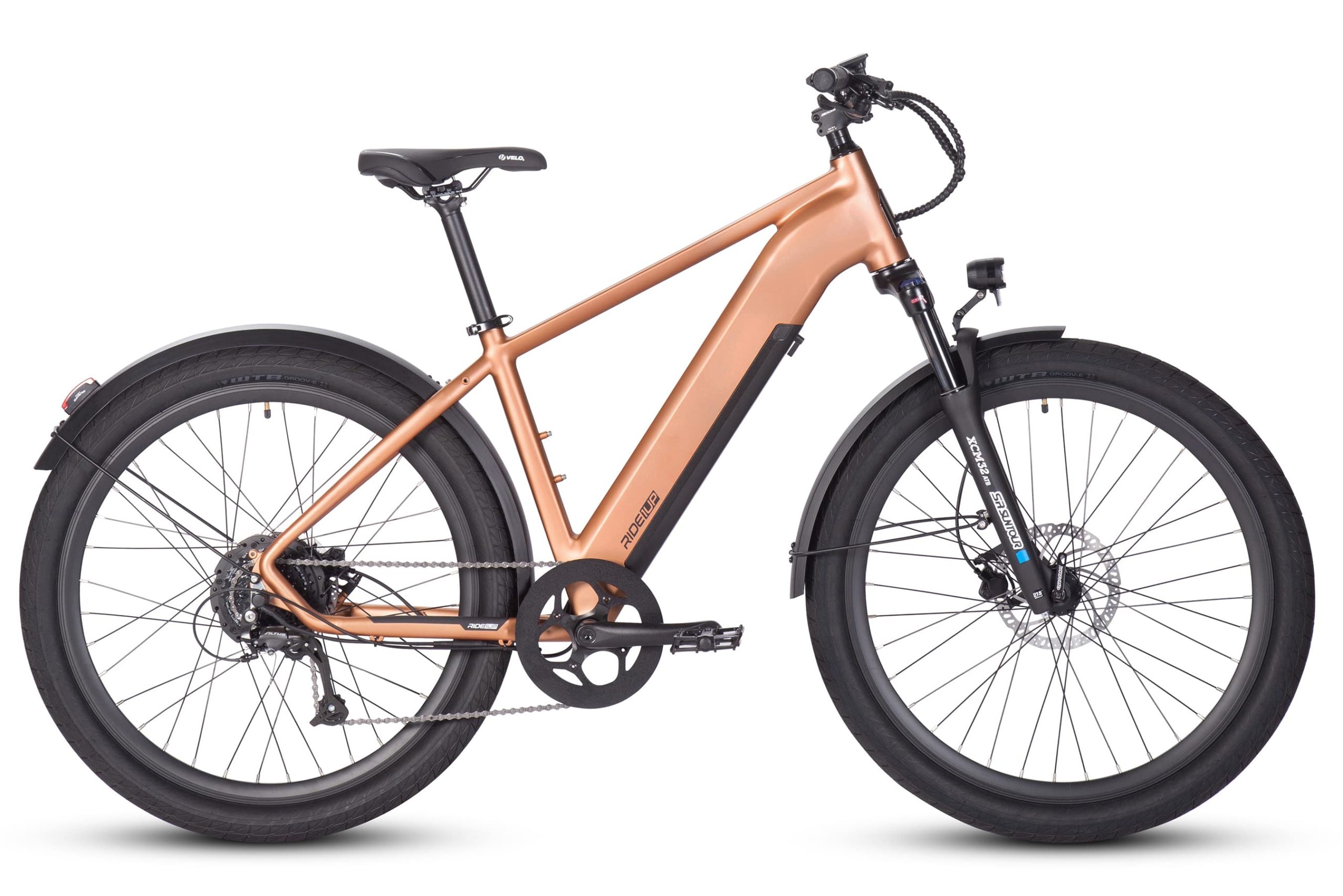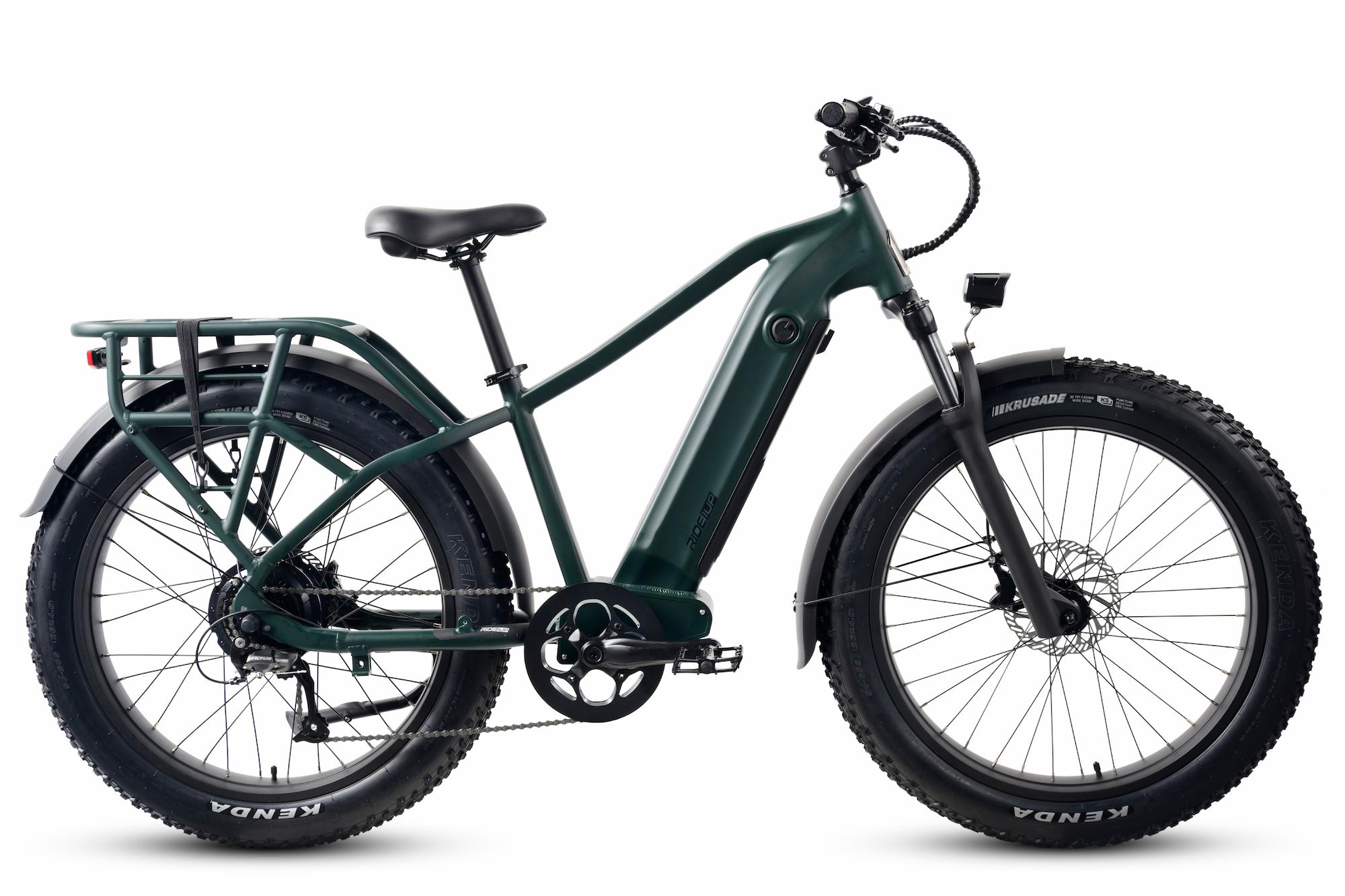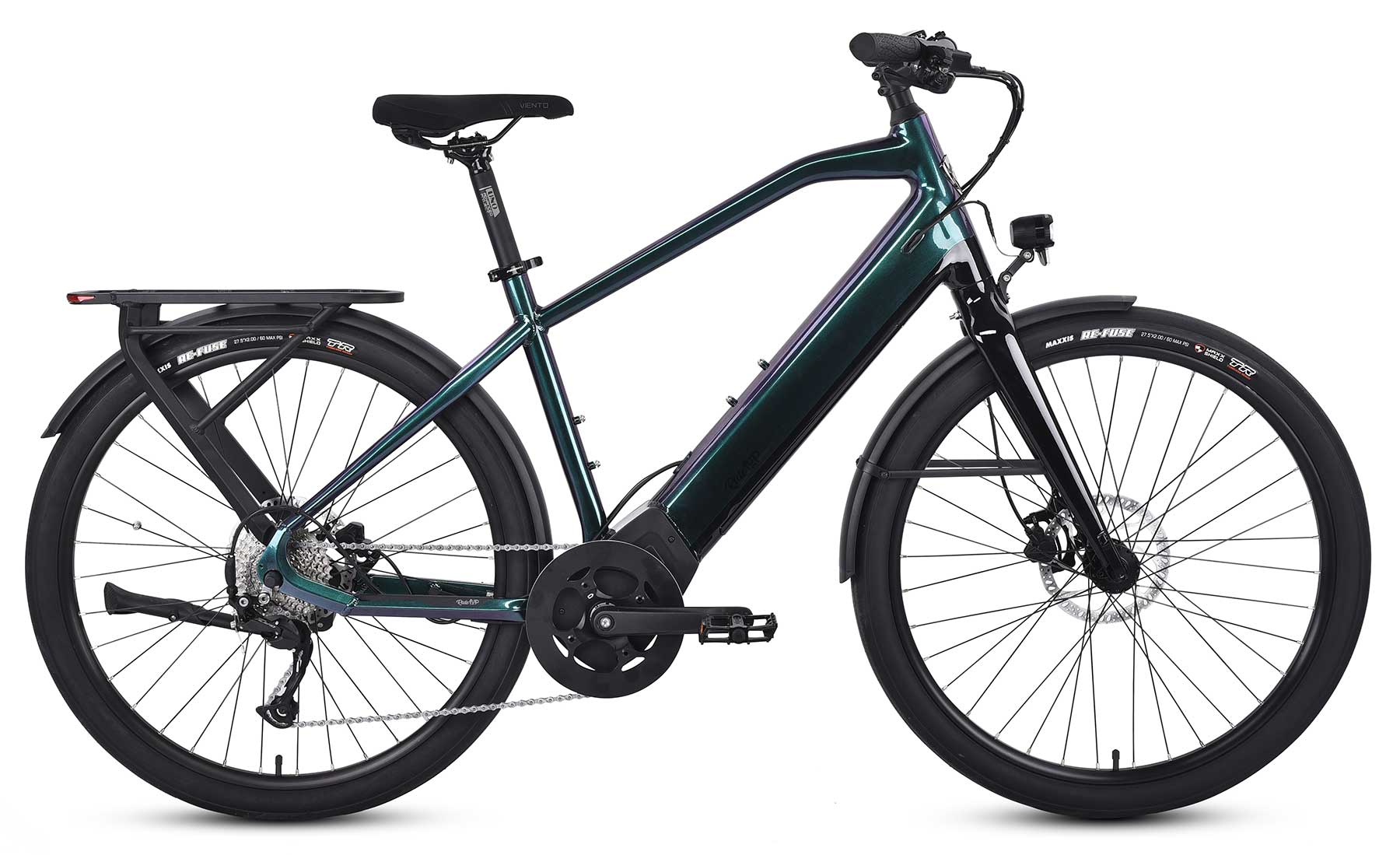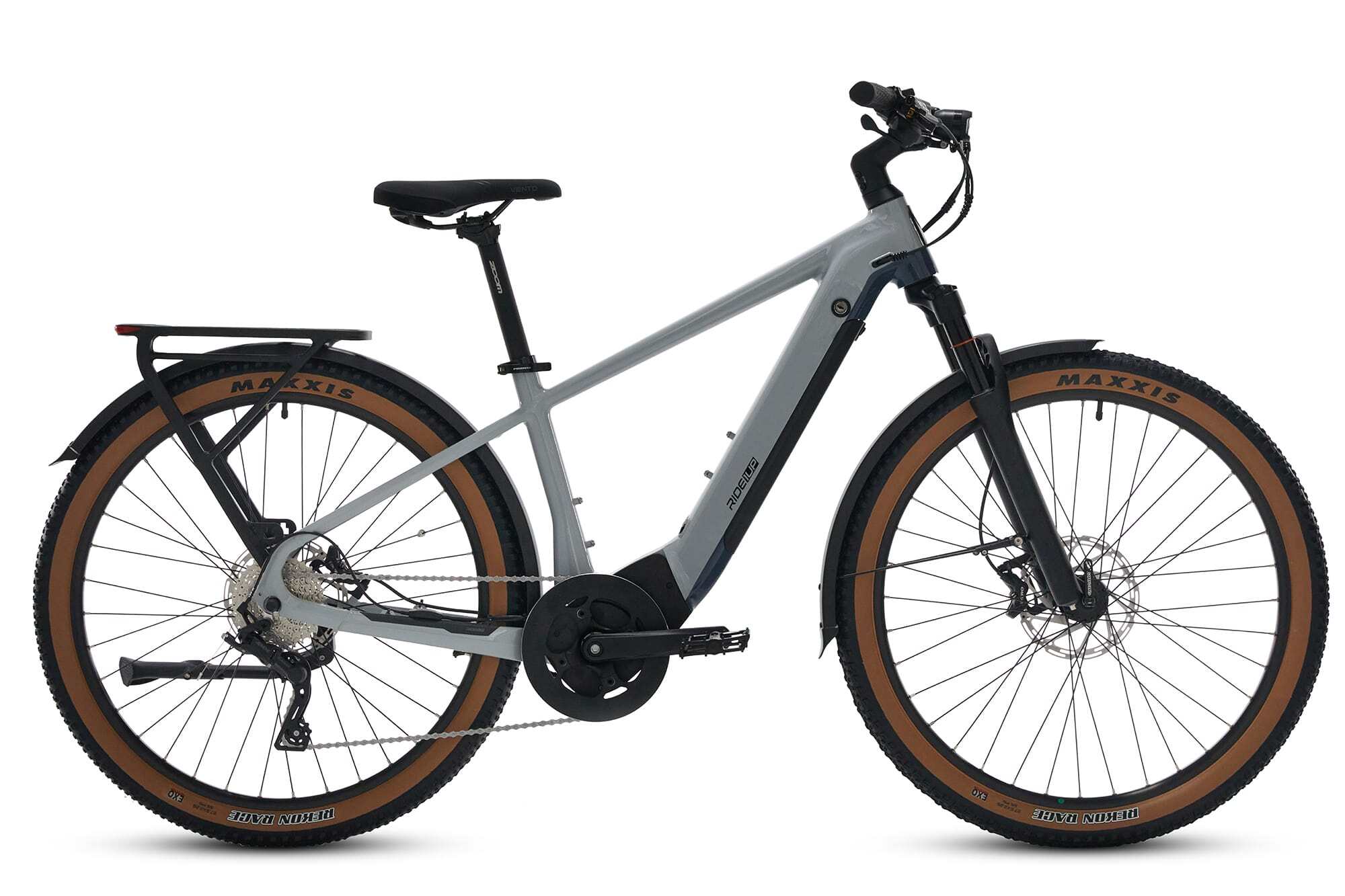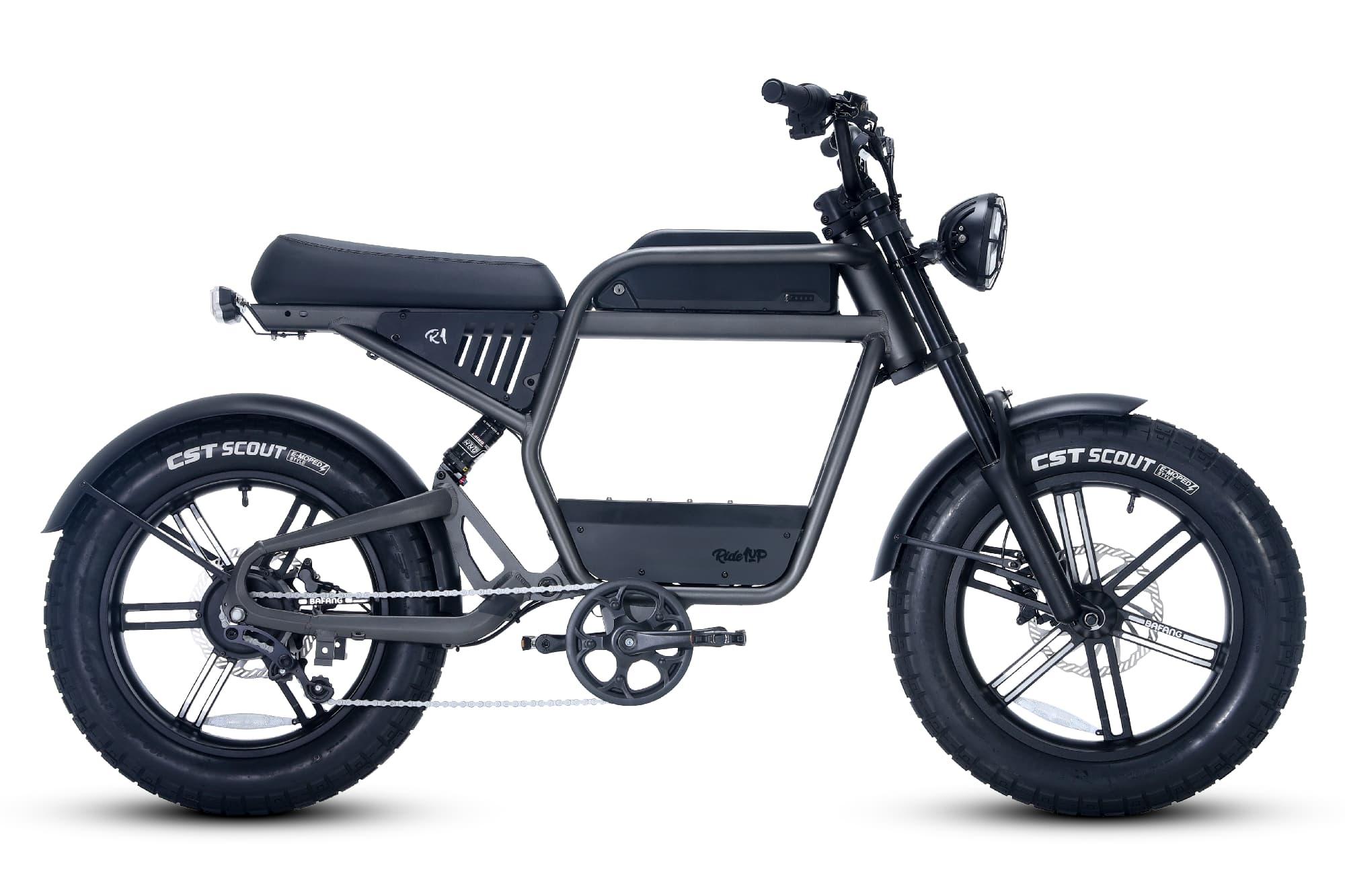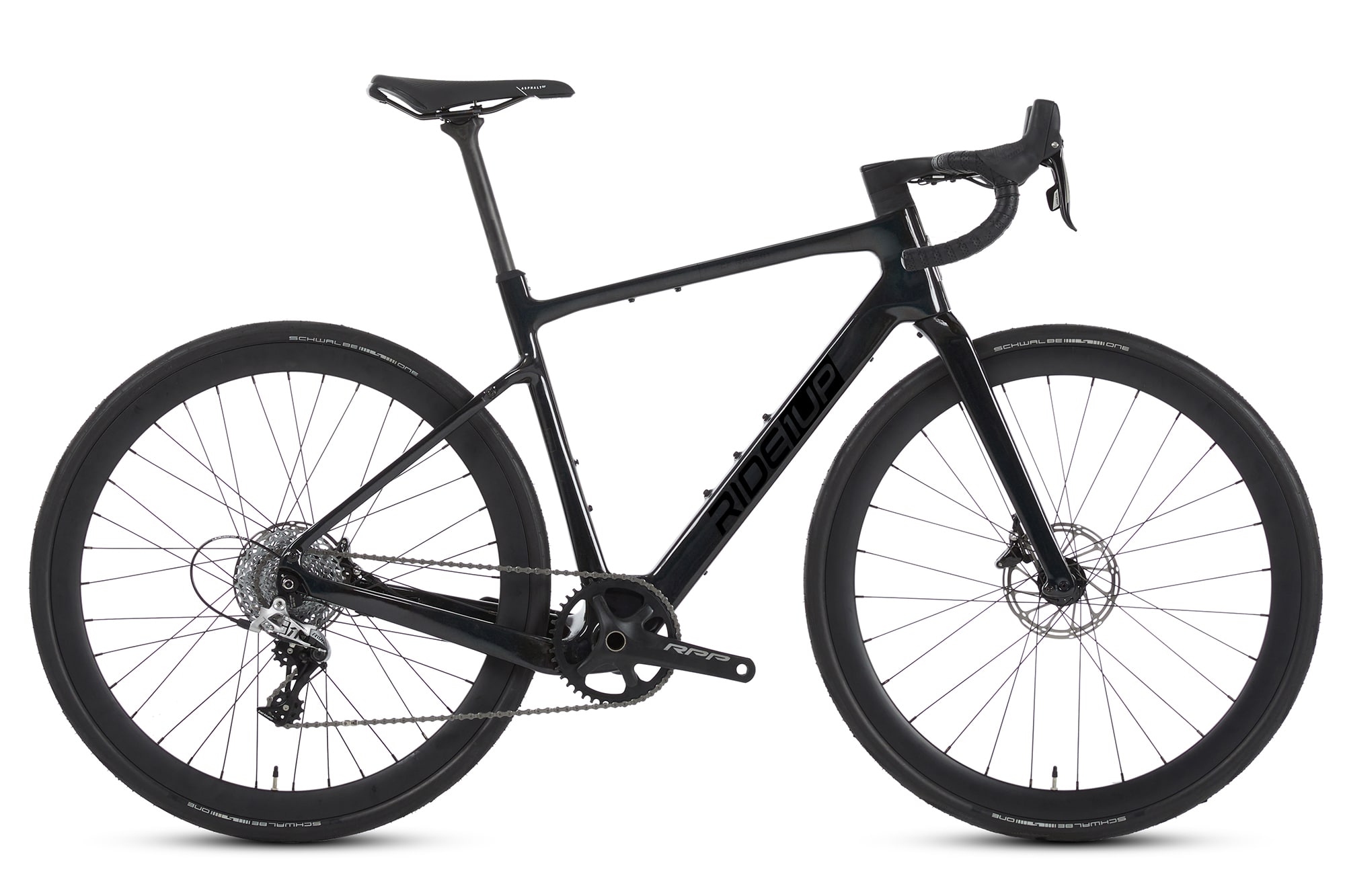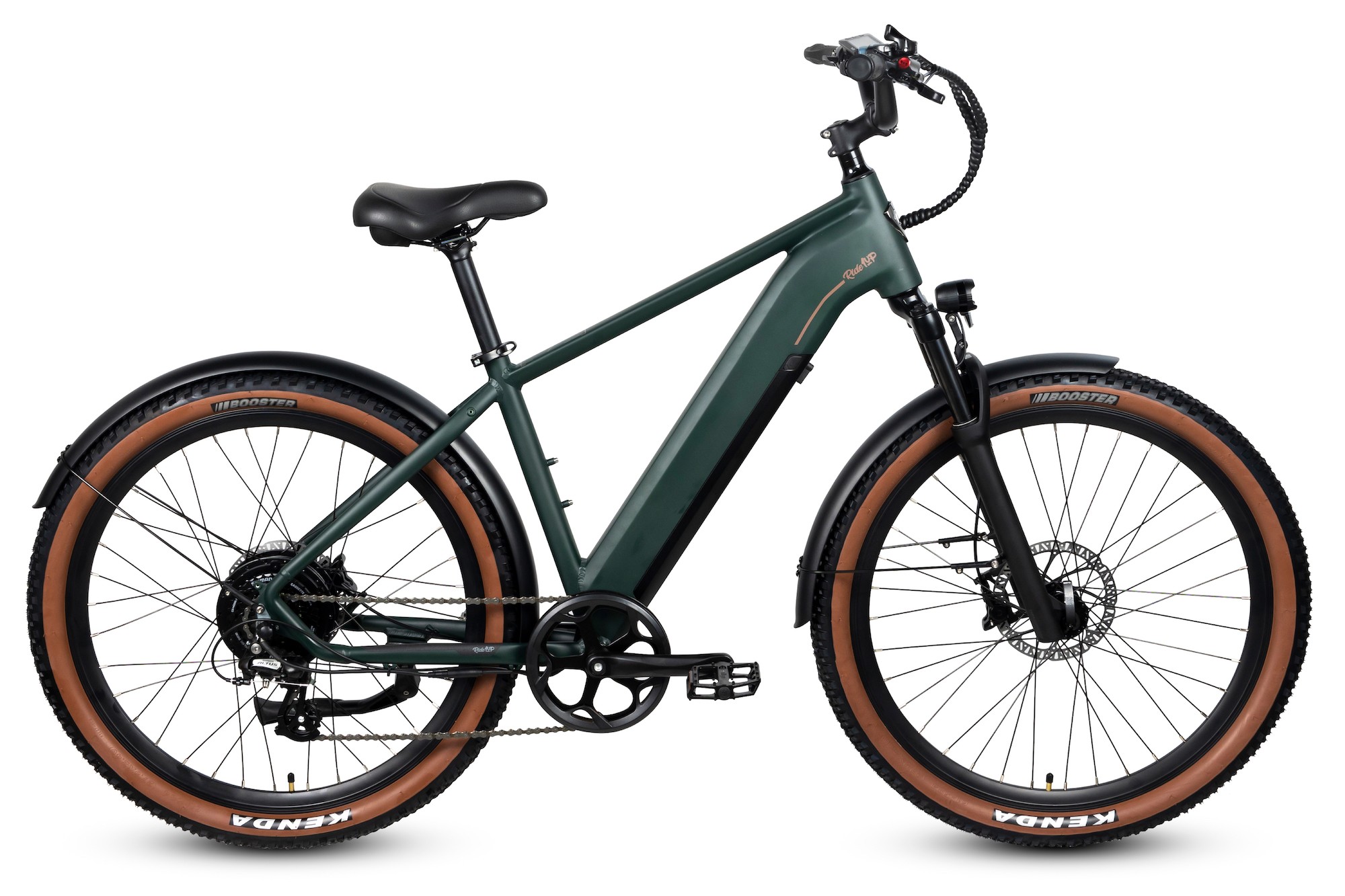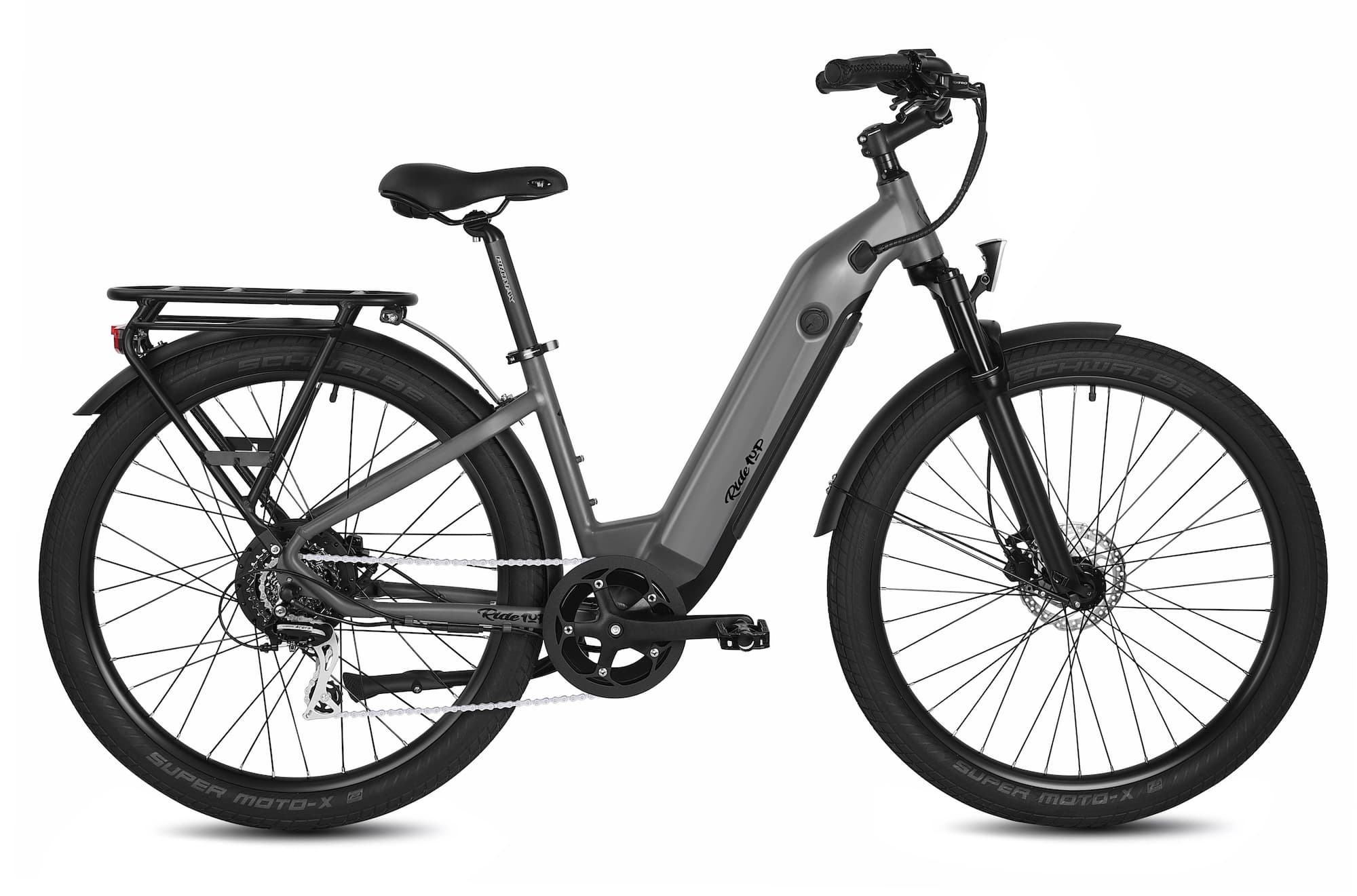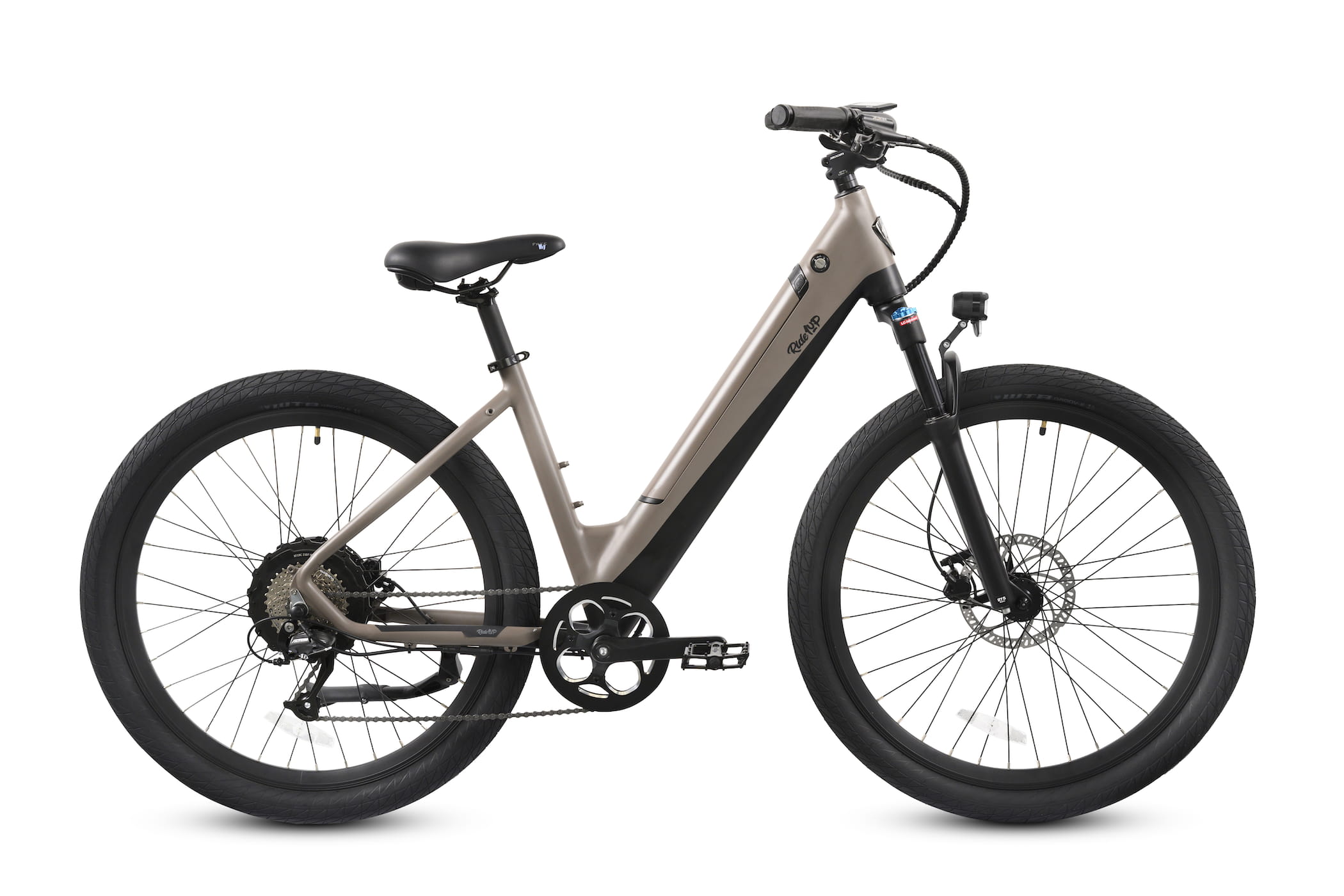How Fast Are EBikes Allowed to Go?
May 4, 2023
As the world around us evolves and changes, so does how we get things done. Biking doesn’t have to be strenuous or only reserved for weekend activities. There are several benefits of electric bike commuting. These include all of the health and environmental benefits of a manual bicycle, but with increased speed and less effort by the rider. This makes them perfect for commuting, deliveries, and recreational enjoyment.
Even the best, fast electric bikes are subject to regulation. As motorized vehicles, electric bikes (or eBikes) must adhere to certain regulations, or else they are considered mopeds or motorcycles. If your eBike does not follow eBike-specific regulations, this can complicate your eBike experience. EBikes that do not meet regulations may be required to be insured by the rider’s insurance, and the riders may need a license and registration for their eBike.
The maximum speed capabilities of your eBike will determine if it falls under eBike regulations in your area. EBikes typically are only allowed to go twenty-eight miles per hour with pedal assist before they fall out of regulation. Below, we detail the maximum speed for each eBike classification, the requirements for your bike’s pedals and motor power, and connect you with some of our favorite eBikes.
EBike Classifications
EBikes are divided into three classifications based on their speed capabilities and motor assistance. The majority of states in the U.S., manufacturers, and other entities recognize this three-class system.
All of these eBikes are low-speed bicycles with fully operational pedals and an electric motor of less than one horsepower (less than 750 watts). Here is a simple way to remember the differences between the eBike classes:
- Class 1: This class does not have a throttle. The motor on Class 1 eBikes kicks in only when you are actively pedaling and stops assisting once you reach a speed of twenty miles per hour. These eBikes are allowed on bike paths and bike lanes shared with traditional, nonassisted bikes.
- Class 2: Unlike Classes 1, Class 2 eBikes do have a throttle. They have the same pedal-assist mode detailed in Class 1, tapping out once you reach a speed of twenty miles per hour. If you do not want to utilize pedal assist, you can go into a purely throttle-powered mode. You can usually ride these in the same places as nonassisted bikes.
- Class 3: Like Class 2, Class 3 may have a throttle up to 20mph but it will also continue to offer pedal assistance for speeds up to twenty-eight miles per hour. Most states will allow Class 3 eBikes on the street with cars or in bike-only lanes (the lane on the shoulder to the side of the road or street). However, these bikes are not allowed in parks or on multi-use paths and trails shared with pedestrians.
Pedal Requirements and Motor Power
One mandatory requirement for all eBikes is that the pedals must be fully operational. Your bike could get flagged as a moped or motorcycle without proper licensure and registration—and this could put you in legal hot water—if your pedals are not fully operational. This doesn’t mean you have to always actively pedal (most nonassisted riders will coast and cruise without pedaling when they can) but the capability must not be compromised.
As far as your motor goes, your eBike must have a motor that is either equal to or less than a sustained 750 watts of assistance. Any higher and you slip out of eBike classification. However, this is more than enough power to reach faster speeds that are still safe and within regulation for most states.
The Best, Fastest eBikes
Now, you’re probably wondering: can I make my electric bike go faster? While there are certainly ways to modify your eBike to make it go faster than your average Class 3 eBike, we would not recommend you do this. Only Class 3 eBikes are permitted to reach speeds of twenty-eight miles per hour with pedal assist before they fall out of eBike classification and can be qualified as a motor vehicle. Most cities do not have the infrastructure at this time to accommodate eBikes moving at speeds higher than twenty-eight miles per hour, and you cannot go above twenty miles per hour on walking paths or trails.
If you’re looking for a Class 3 eBike, we recommend our Core-5, Turris, and Cafe Cruiser. Each has its own distinctive riding experience while reaching those speeds you crave. For more information on these bikes and features, explore our website or reach out today!


